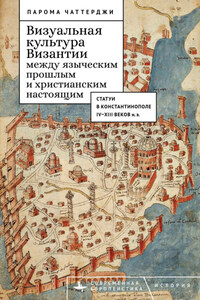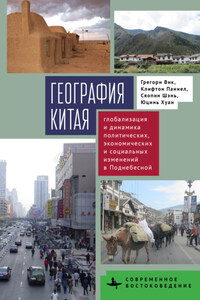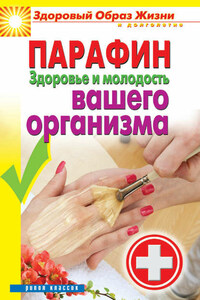Great Clarendon Street, Oxford, OX2 6DP,
United Kingdom
Oxford University Press is a department of the University of Oxford. It furthers the University’s objective of excellence in research, scholarship, and education by publishing worldwide. Oxford is a registered trade mark of Oxford University Press in the UK and in certain other countries
© Oxford University Press 2013
The moral rights of the author have been asserted
First published in 2013
2017 2016 2015 2014 2013
10 9 8 7 6 5 4 3 2 1
All rights reserved. No part of this publication may be reproduced, stored in a retrieval system, or transmitted, in any form or by any means, without the prior permission in writing of Oxford University Press, or as expressly permitted by law, by licence or under terms agreed with the appropriate reprographics rights organization. Enquiries concerning reproduction outside the scope of the above should be sent to the ELT Rights Department, Oxford University Press, at the address above
You must not circulate this work in any other form and you must impose this same condition on any acquirer
Links to third party websites are provided by Oxford in good faith and for information only. Oxford disclaims any responsibility for the materials contained in any third party website referenced in this work
Photocopying
The Publisher grants permission for the photocopying of those pages marked ‘photocopiable’ according to the following conditions. Individual purchasers may make copies for their own use or for use by classes that they teach. School purchasers may make copies for use by staff and students, but this permission does not extend to additional schools or branches
Under no circumstances may any part of this book be photocopied for resale
ISBN: 978 0 19 454126 8
Printed in China
This book is printed on paper from certified and well-managed sources.
ACKNOWLEDGEMENTS
The authors and publisher are grateful to those who have given permission to reproduce the following extracts and adaptations of copyright material: p.17 Extract from Language Development and Language Disorders by Lois Bloom and Margaret Lahey (1978). Macmillan Publishers; p.47 Figure from ‘Some issues relating to the Monitor Model’ by Stephen Krashen, On TESOL (1977). Reprinted by permission of TESOL International Association; p.49 Extract from ‘Constructing an acquisition-based procedure for second language assessment’ by Manfred Pienemann, Malcolm Johnston, and Geoff Brindley in Studies in Second Language Acquisition, Volume 10/2, pp.217–43 (1988). Reproduced by permission of Cambridge University Press; p. 53 Extract from ‘Speeding up acquisition of his/her: Explicit L1/L2 contracts help’ in Second Language Acquisition and the Younger Learner: Child’s Play? by Joanna White (2008) pp.193–228. With kind permission of John Benjamins Publishing Company, Amsterdam/Philadelphia; p.54 Extract from ‘Second language instruction does make a difference’ by Catherine Doughty in Studies in Second Language Acquisition, Volume 13/4, pp.431–69 (1991). Reproduced by permission of Cambridge University Press; p. 136 Reprinted from International Journal of Educational Research, Volume 37 by Merrill Swain and Sharon Lapkin ‘Talking it through: two French immersion learners’ response to reformulations’ pp.285–304 (2002) with permission from Elsevier; p.139 Extract from ‘Corrective feedback and learner uptake’ by Roy Lyster and Leila Ranta in Studies in Second Language Acquisition, Volume 19/1 pp.37–66 (1997). Reproduced by permission of Cambridge University Press.
Cartoons by: Sophie Grillet © Oxford University Press 1993, 2005, and 2012.








